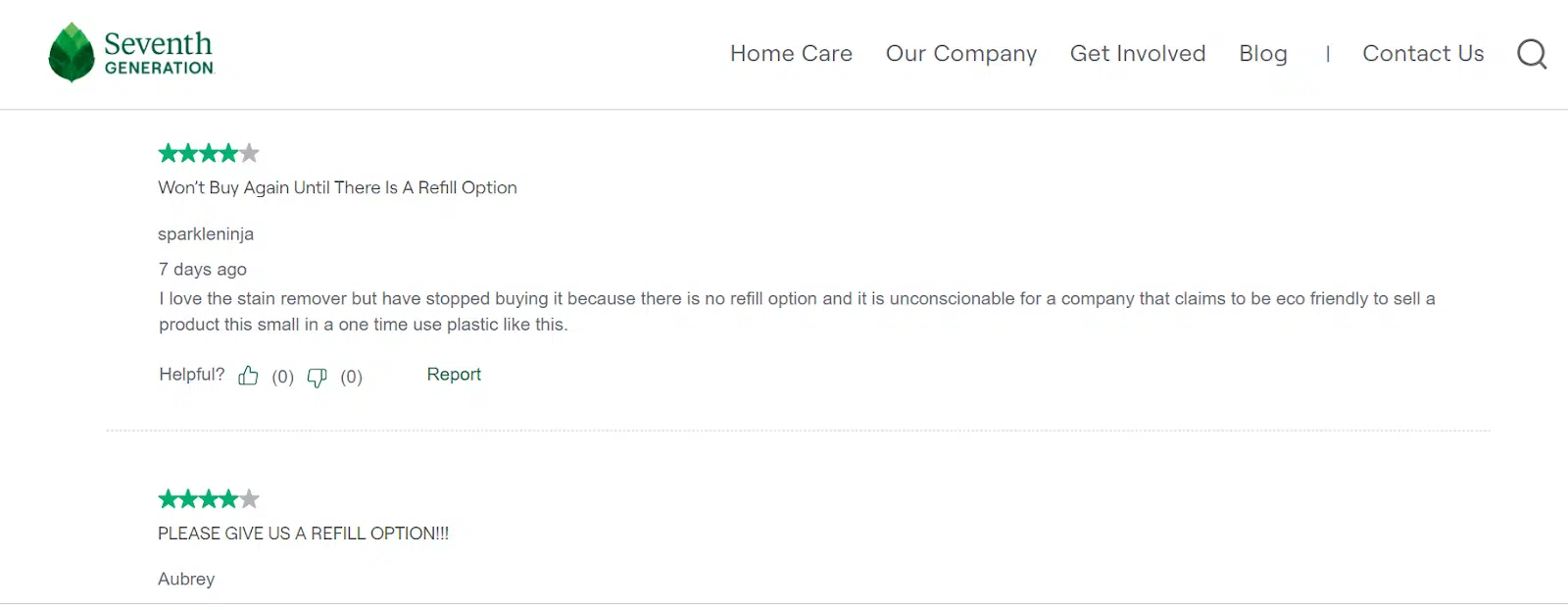Topic clustering for SEO: 5 mistakes to avoid
Identify and fix common topic clustering mistakes that prevent you from engaging users and building topical authority.
Topic clustering is my preferred approach for building topic authority in SEO.
Even without the benefits of keeping content organized and easy to expand, it encourages SEOs to prioritize user intent and relevance over just focusing on ranking for specific keywords.
Topic clustering is becoming more common in SEO, but that does not mean everyone is doing it well.
This article covers a few common mistakes I see in topic clusters – and explains the benefits of a better approach. Those include:
- Missing internal linking and other UX opportunities.
- Staying too shallow (or even going too deep) with the clusters.
- Hitting on the right idea with the wrong approach.
- Trusting the content to speak for itself.
- Forgetting to refresh and update your clusters.
The good news is that all these mistakes are preventable and fixable. Let’s look deeper.
Mistake 1: Missing internal linking and other UX opportunities
Incorporating a cluster into your main site means considering the customer journey and weaving the content into your UX in a way that’s both intuitive and helpful for the user.
For instance, don’t just write a blog post; consider adding it to a relevant product or service page where users seeking more context will see it.
For each piece of content, consider where and in what context it will add value to your UX, and make sure it’s an intuitive piece of the user journey.
For instance, Seventh Generation, known for its eco-friendly cleaning products, has a strong blog post on post-consumer recycled material.
Placing this post near the product review section could help users better understand the brand’s strategy for using recycled plastic, addressing common concerns about its packaging.

Mistake 2: Staying too shallow (or going too deep) with the clusters
Getting the right depth for your clusters can be challenging. In most cases, the issue is that the cluster isn’t detailed enough, leaving valuable authority untapped.
On the other hand, if adding more detail doesn’t increase engagement (e.g., subtopics get less interest than the main page), it’s better to stop.
Similarly, avoid covering topics that don’t connect back to your product or service. They won’t add value to your strategy.
Using the Seventh Generation example, a topic cluster on laundry detergent could drill down into stain management, segmenting by use cases like athletic wear, business wear, outerwear, and casual wear.
It could also address different intent levels, such as education, consideration or direct product purchases.
A blog post like “when to treat stains” is a good start, but expanding on these opportunities can better engage users.
Dig deeper: How to become an industry thought leader by building content pillars
Mistake 3: Hitting on a good topic without respect for user intent
My friends on the paid side know this all too well. It’s easy to skip levels of intent and try to go right for the sale. (Or, on the B2B side, the “book a demo” CTA.) But it won’t serve your long-term strategy or your relationship with your users.
Without understanding and targeting the correct user intent, your content may fail to resonate with potential customers.
If users have educational questions, like “do organic products clean as well as non-organic,” create content that explains the differences in ingredients and why you’ve chosen them instead of just linking to a product page.
Similarly, for mid-funnel queries like “how to remove motor oil stains,” focus on content like buying guides or articles on ingredients that target oil rather than just product pages.
To see what kind of content users find helpful, search the query on Google and check what ranks high. Use this information to improve your topic clusters.
Mistake 4: Trusting the content to speak for itself
My hope for your brand is that you produce such incredible multimedia content that you can ride content quality all the way to record-setting engagement goals.
Let me tell you why that’s not realistic: you also need to build authority through your content authors. That means:
- Creating bio pages for blog authors.
- Featuring guest experts in interviews or quotes.
- Providing a detailed “About us” page on the site for folks to learn more about the brand and its leaders, etc.
Ultimately, users (and Google) need proof that the folks producing content for these clusters are sources of authority and expertise.
No matter how great the content itself is, users should have the chance to learn who’s producing it.
Mistake 5: Forgetting to refresh and update your clusters
Like everything else on your website, your clusters should be constantly evolving.
Whether you need to incorporate related new content or build out a whole new sub-cluster (e.g., if your business is in tech or has a tech component, chances are you need an AI cluster), make sure you have a cadence for assessing how to add and refine your clusters as you go.
If new trends emerge or user questions shift, update your content to reflect these changes.
Dig deeper: How to identify and create content pillars that boost brand awareness
Create meaningful content experiences for users with topic clusters
Building effective topic clusters requires more than just creating content around broad themes.
Focus on creating valuable, user-centric content pieces that are meaningfully connected to improve your SEO performance and foster stronger relationships with your audience.
Contributing authors are invited to create content for Search Engine Land and are chosen for their expertise and contribution to the search community. Our contributors work under the oversight of the editorial staff and contributions are checked for quality and relevance to our readers. The opinions they express are their own.
Related stories
New on Search Engine Land